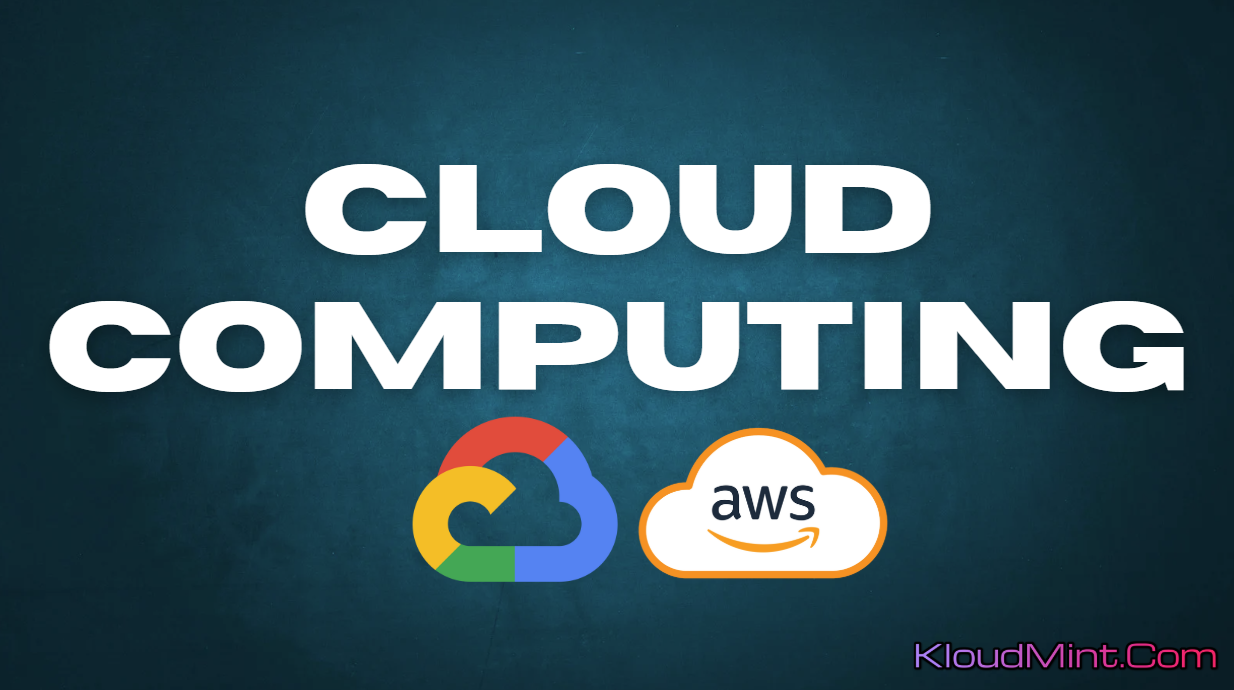Cloud computing has become the backbone of digital transformation, enabling businesses and individuals to access powerful computing resources without the need for physical hardware investments. In today’s fast-paced, technology-driven world, understanding cloud computing is no longer optional—it’s essential.
In this article, we explore what cloud computing is, its types, advantages, applications, security concerns, and future trends, giving you a complete and detailed guide to this transformative technology.
What is Cloud Computing?
Cloud computing refers to the delivery of computing services—such as servers, storage, databases, networking, software, analytics, and intelligence—over the internet (“the cloud”). Instead of relying on local infrastructure, users can access scalable resources on demand, paying only for what they use.
The cloud eliminates the need for expensive on-premises IT infrastructure while providing flexibility, scalability, and efficiency. It empowers businesses to innovate faster, collaborate globally, and optimize operational costs.
Key Characteristics of Cloud Computing
To truly understand cloud computing, it’s important to highlight its defining characteristics:
- On-Demand Self-Service: Users can provision computing resources as needed without human intervention from service providers.
- Broad Network Access: Services are available from any location with internet connectivity.
- Resource Pooling: Providers use multi-tenant models where resources are shared across multiple users.
- Rapid Elasticity: Resources can scale up or down instantly based on demand.
- Measured Service: Users are billed based on resource consumption, making cloud computing cost-efficient.
Types of Cloud Computing Models
Cloud computing operates under different service models, each designed to meet unique business and technical requirements:
1. Infrastructure as a Service (IaaS)
Provides virtualized computing resources such as servers, storage, and networks. Businesses can rent infrastructure without purchasing physical hardware.
Examples: Amazon Web Services (AWS), Microsoft Azure, Google Cloud Platform.
2. Platform as a Service (PaaS)
Offers a framework and tools for developers to build, test, and deploy applications without managing infrastructure.
Examples: Google App Engine, Microsoft Azure App Services, Heroku.
3. Software as a Service (SaaS)
Delivers ready-to-use software applications over the internet, accessible via web browsers.
Examples: Salesforce, Dropbox, Microsoft 365, Google Workspace.
Types of Cloud Deployment Models
Cloud environments can be deployed in several ways, depending on organizational needs:
- Public Cloud: Managed by third-party providers, resources are available to multiple users over the internet.
- Private Cloud: Dedicated cloud infrastructure exclusively for one organization, offering more security and control.
- Hybrid Cloud: A combination of public and private clouds, providing greater flexibility and workload optimization.
- Community Cloud: Shared infrastructure designed for organizations with similar goals or compliance requirements.
Advantages of Cloud Computing
The rise of cloud computing is driven by its significant benefits across industries:
- Cost Efficiency – Reduces capital expenditure on IT infrastructure and allows pay-as-you-go pricing.
- Scalability – Businesses can easily adjust resources based on current demands.
- Global Accessibility – Teams and customers can access services from anywhere in the world.
- Enhanced Collaboration – Cloud-based tools promote real-time collaboration across geographies.
- Disaster Recovery & Backup – Cloud ensures data is secure and recoverable in case of unexpected failures.
- Faster Deployment – Applications and services can be launched in minutes instead of weeks.
Challenges and Risks in Cloud Computing
While cloud computing offers numerous advantages, there are also challenges organizations must address:
- Security and Privacy Risks: Storing sensitive data in the cloud can expose it to cyber threats.
- Compliance Issues: Certain industries must adhere to strict regulatory requirements regarding data handling.
- Downtime and Reliability: Although rare, outages from cloud providers can disrupt business operations.
- Vendor Lock-In: Migrating from one cloud provider to another can be complex and costly.
- Limited Control: Customers rely heavily on providers for infrastructure management and maintenance.
Applications of Cloud Computing in Different Industries
Cloud computing has a wide range of applications across multiple sectors:
- Healthcare: Enables secure storage of electronic health records, telemedicine, and AI-driven diagnostics.
- Education: Facilitates e-learning platforms, virtual classrooms, and global collaboration tools.
- Finance: Enhances fraud detection, mobile banking, and secure financial transactions.
- Retail & E-commerce: Powers recommendation engines, customer analytics, and scalable online platforms.
- Entertainment: Supports streaming platforms, gaming services, and digital media delivery.
- Government: Improves citizen services, data transparency, and efficient record management.
Cloud Computing Security Best Practices
To mitigate risks, organizations should implement strong cloud security strategies:
- Data Encryption: Encrypt sensitive data at rest and during transmission.
- Multi-Factor Authentication (MFA): Add extra layers of protection for user access.
- Regular Security Audits: Identify vulnerabilities and strengthen defenses.
- Compliance Management: Ensure adherence to regulations like GDPR, HIPAA, or PCI DSS.
- Disaster Recovery Planning: Implement backup and recovery protocols to minimize downtime.
Future Trends in Cloud Computing
The future of cloud computing is rapidly evolving, with several trends shaping its growth:
- Edge Computing: Bringing computation closer to data sources for faster processing.
- Artificial Intelligence Integration: AI-driven cloud platforms enhancing automation and insights.
- Serverless Computing: Developers build applications without managing infrastructure.
- Quantum Computing on the Cloud: Unlocking advanced computational capabilities for research and innovation.
- Green Cloud Solutions: Focus on energy-efficient cloud infrastructure to reduce carbon footprints.
Conclusion
Cloud computing has transformed the way businesses and individuals use technology. By offering scalability, flexibility, cost-efficiency, and innovation opportunities, it has become the foundation of modern digital infrastructure. As organizations embrace this technology, understanding its models, benefits, challenges, and future trends becomes critical for sustainable growth.
